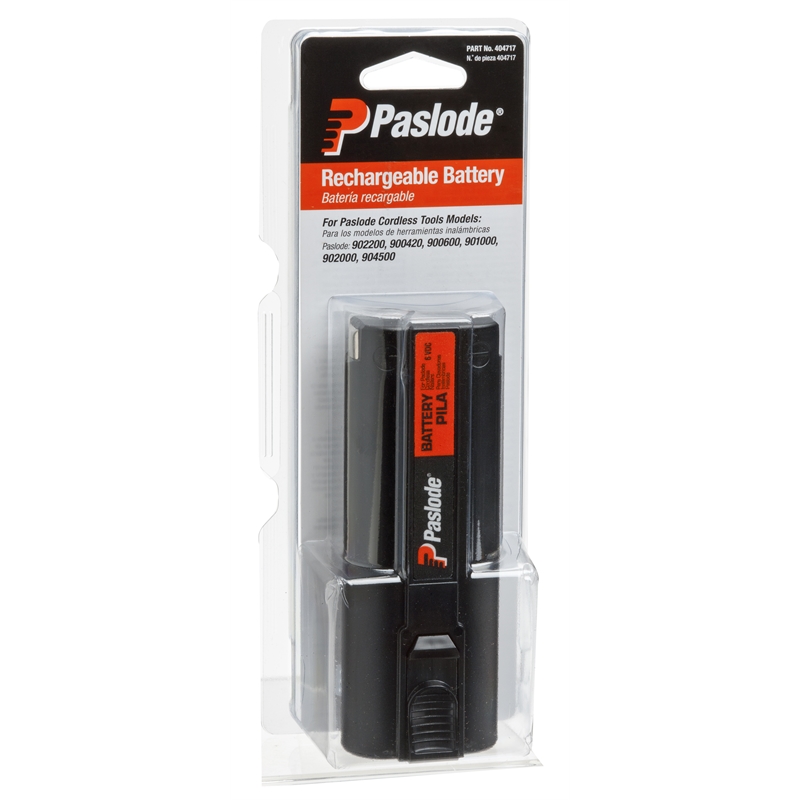

It gives an output of Nickel oxide OH ions. The first equation represents the reaction between the cathode layer nickel and the separator. The chemical equations representing the chemical reaction can be given as Similarly, when not in use, it is recommended to remove the battery out of the device. The case of the battery is never opened, as all the layers are exposed and it may cause harm to the person using. It must be noted that, due to chemical reactions taking place within the batter, it always hazardous to work with the battery. The outer case is to provide protection to the inner layers from external factors such as damages and mishandling of the battery. The separator layer is connected to this ring. The insulator gasket is the place where the insulation ring is kept nearby. The purpose of the insulator ring is to provide insulation between the two layers. Apart from these, it also consists of a safety valve, sealing plate, insulation ring, insulation gasket, and an outer case. The separator layer between the two layers is made up of KOH or NaOH.

Nickel-Cadmium Battery DiagramĪs shown, in the diagram, the nickel acts as a positive electrode collector and the cadmium layer acts as a negative layer collector. The nickel-cadmium battery diagram is shown below. The cadmium layer acts as the anode for the nickel-cadmium battery. Above the separator layer, cadmium is placed. Its purpose is to provide required OH negative ions, for the chemical reaction. It must be noted that this separator layer must be soaked in water or moist. Above the nickel oxide layer, a layer of KaOH is kept, which acts as a separator. However, NiCd battery packs are usually equipped with an interior thermal charger cutoff, which is signaled if a battery heats and/or reaches maximum voltage.This layer of nickel oxide acts as a cathode layer. Unlike lead-acid batteries, NiCd batteries heat excessively, go into thermal runaway mode and self-destruct if charged with a dynamo – even in over-current cutout systems.

Additionally, nickel and cadmium are expensive metals.


 0 kommentar(er)
0 kommentar(er)
